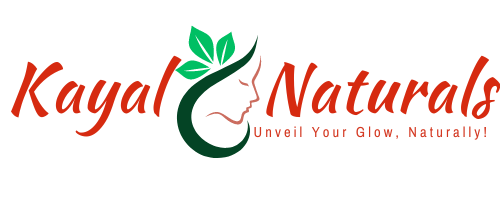Before diving into any skincare routine, it's crucial to understand your skin type. Knowing this will help you choose the right natural products that cater to your skin's specific needs.
Understanding your skin type is essential for crafting an effective skincare routine tailored to your specific needs. There are generally four main skin types: normal, oily, dry, and combination. Here's a breakdown of each type to help you identify which category your skin falls into:
- Normal Skin:
- Characteristics: Normal skin typically has a balanced moisture level, few to no imperfections, and generally feels comfortable and supple.
- Traits: Pores are usually small and not very visible. Skin texture is smooth and even-toned.
- Maintenance: Normal skin types require minimal maintenance. A basic skincare routine involving gentle cleansing, moisturizing, and sun protection is usually sufficient.
- Oily Skin:
- Characteristics: Oily skin tends to produce excess sebum, leading to a shiny complexion, enlarged pores, and a propensity for acne and blemishes.
- Traits: Skin may feel greasy, particularly in the T-zone (forehead, nose, and chin). Pores are often enlarged and prone to clogging.
- Maintenance: Oily skin benefits from regular cleansing with oil-control products, non-comedogenic moisturizers, and ingredients like salicylic acid or benzoyl peroxide to manage acne.
- Dry Skin:
- Characteristics: Dry skin lacks sufficient moisture, resulting in a tight, rough, or flaky appearance. It may feel parched and uncomfortable.
- Traits: Pores are usually small, and the skin may appear dull or have noticeable fine lines and wrinkles.
- Maintenance: Dry skin requires rich, hydrating products to replenish moisture levels. Look for creamy cleansers, moisturizers containing hyaluronic acid or glycerin, and gentle exfoliants to slough off dead skin cells.
- Combination Skin:
- Characteristics: Combination skin presents a mix of oily and dry areas on the face. The T-zone tends to be oily, while the cheeks may be normal to dry.
- Traits: Pores are larger and more visible in the oily areas, while dry patches may be present on the cheeks or jawline.
- Maintenance: Combination skin requires a balanced approach. Use gentle, non-drying cleansers, oil-free moisturizers for oily areas, and richer moisturizers for dry areas. Spot treatments can address specific concerns in different zones.
Identifying your skin type can guide you in selecting appropriate skincare products and treatments to maintain a healthy complexion. Keep in mind that factors like climate, hormones, and lifestyle habits can also influence your skin's condition, so it's essential to adjust your routine accordingly. If you're unsure about your skin type or have persistent skin concerns, consulting a dermatologist is recommended for personalised advice and treatment options.

